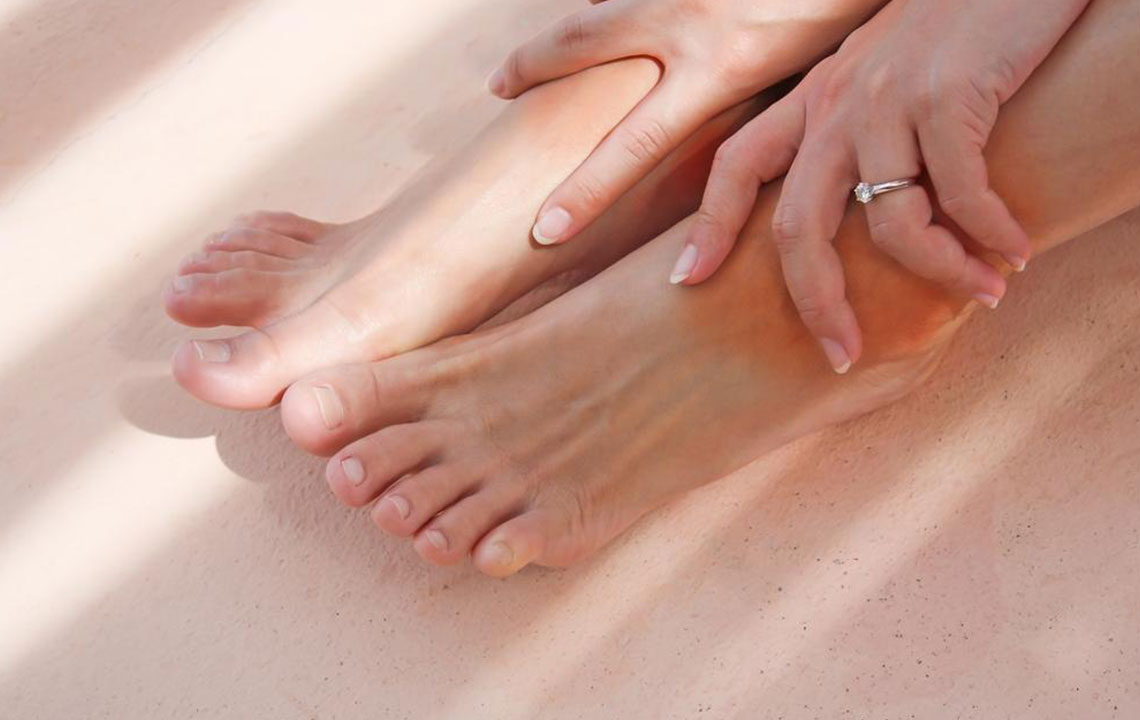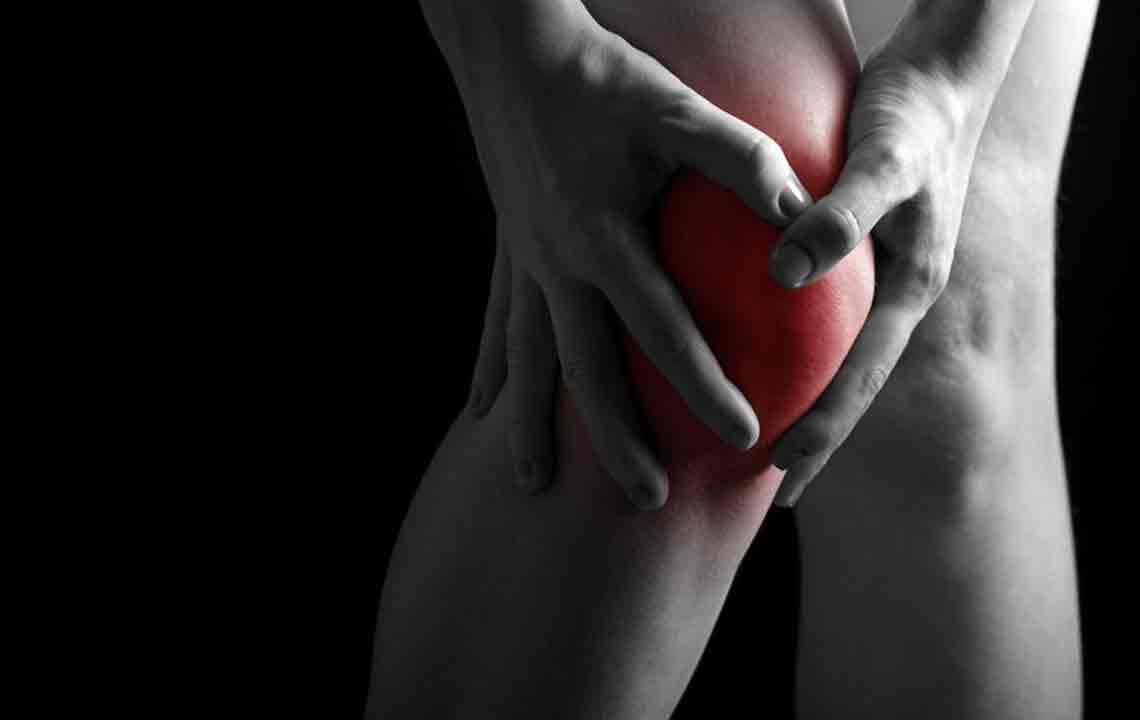Ultimate Guide to Soothing Nighttime Leg Spasms
This comprehensive guide offers practical strategies to relieve and prevent nighttime leg spasms. It covers causes, effective remedies like stretching and warmth application, and prevention tips, helping individuals achieve restful sleep. Proper management and lifestyle changes can significantly reduce the frequency of spasms and improve overall leg health.

Ultimate Guide to Soothing Nighttime Leg Spasms
Leg spasms are sudden, powerful muscle contractions that frequently affect the calves, thighs, or feet, often occurring during sleep or waking hours. These involuntary movements can be caused by various factors, making them a common source of discomfort for many individuals.
Causes of Nocturnal Leg Spasms
Although the exact reasons are not fully understood, several elements contribute:
Excessive exercise, muscle strains, or pressure can trigger spasms
Dehydration significantly increases risk
Pregnancy-related deficiencies in calcium and magnesium heighten occurrence
Exposure to cold conditions or water can provoke spasms
Electrolyte imbalances, especially low potassium and calcium levels
Sitting or standing on hard surfaces, or sleeping in uncomfortable positions
Medication use such as birth control, diuretics, antipsychotics, or steroids
Underlying health conditions involving the kidneys, thyroid, or neurological disorders like multiple sclerosis
Effective Techniques to Ease Nighttime Leg Spasms
Stretching Exercises - Carefully stretch the affected muscle by pumping your heel up and down, holding each stretch for about 30 seconds. Repeat until discomfort lessens.
Applying Warmth - Use a warm compress or take a warm shower to relax muscles and alleviate spasms.
Stay Well-Hydrated - Drinking water enhanced with lemon helps restore electrolytes, reducing spasms over time. Target 1.5-2 liters daily.
Move Gently - Light walking after waking aids muscle relaxation and helps decrease spasms.
Over-the-Counter Remedies - Pain relievers like ibuprofen can help; consult a healthcare provider prior to use.
Tips to Minimize Night Cramps
Avoid alcohol, as it can cause dehydration.
Keep hydrated with clear or pale-yellow urine as a sign.
Consume a diet rich in potassium, magnesium, and calcium, especially during pregnancy.
Perform daily stretching, focusing on leg muscles before bed.
Gradually ramp up physical activity instead of sudden intense workouts.
Strengthen legs with low-impact exercises like cycling.
Choose loose bedding to allow free movement during sleep.
Consult a Healthcare Professional
If spasms persist, disturb sleep, or cause weakness, seek medical advice. Ongoing cramps might signal underlying health issues needing assessment. Always disclose medications and follow medical recommendations for proper treatment.
While disruptive, nighttime leg spasms can be effectively managed with proper care and lifestyle habits, leading to better sleep quality.


